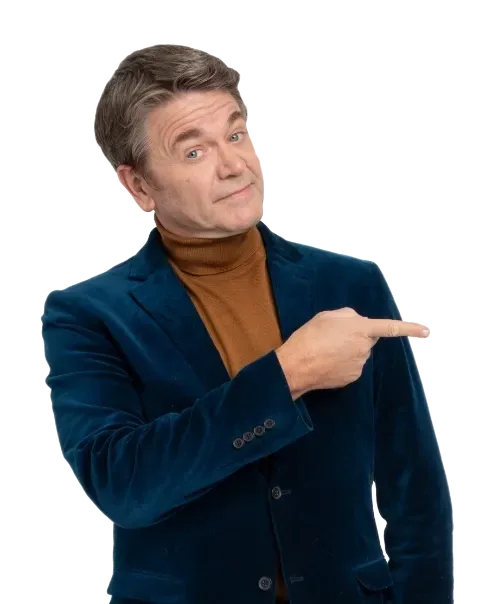🤣😭 The universal language of emojis — and how different generations interpret them
With more than 3,500 emojis out there to help us express our thoughts and feelings, you probably have your go-to favorites.
And within the group you regularly text or email with, the odds of you being misunderstood because of your emoji choices are probably pretty low.
But emojis can mean different things to different people — especially when those people are from different generations.
Older people tend to use emojis more literally, while younger people tend to use them more creatively, shall we say — metaphorically, sarcastically, etc. About 70% of Gen Zers (“Zoomers”) say they use emojis in ways that are different from their intended meaning.
Even people relatively close to each other in age — Millennials and Gen Z, for example — aren’t always on the same page as to which emojis mean what. Or when the meaning of a particular symbol has changed among their groups.
Talkin’ ’bout my generation
- The Silent GenerationBorn 1928-1945; ages 79-96
- Baby BoomersBorn 1946-1964; ages 60-78
- Gen XBorn 1965-1980; ages 44-59
- MillennialsBorn 1981-1996; ages 28-43
- Gen Z (“Zoomers”)Born 1997-2012; ages 12-27
- Gen AlphaBorn early 2010s-2025
- The Silent Generation
- Born 1928-1945; ages 79-96
- Baby Boomers
- Born 1946-1964; ages 60-78
- Gen X
- Born 1965-1980; ages 44-59
- Millennials
- Born 1981-1996; ages 28-43
- Gen Z (“Zoomers”)
- Born 1997-2012; ages 12-27
- Gen Alpha
- Born early 2010s-2025;
It’s par for the course. Younger generations are always finding new ways to express themselves with words (and emojis) that set them apart from other (older) groups they find to be out of touch … “square” as Baby Boomers used to say. 😂
‘Laughing crying’ emoji linked to Boomers
Speaking of the “laughing crying” or “face with tears of joy” emoji, many Zoomers no longer use it. It seems to be common knowledge that this once-popular emoji is now used mostly by Boomers.
“I stopped using it a while back because I saw older people using it, like my mom, my older siblings and just older people in general,” said one 21-year-old.
Ouch.
What about the similar “rolling on the floor laughing” emoji?
Same. “I don’t like that one. My mom doesn’t even use it.” Ouch again.
More emoji translations (subject to change due to quickly emerging trends and people’s momentary preferences)
| Emoji | Boomers | Zoomers |
|---|---|---|
| 😂 🤣 | Very funny | Many don’t use |
| 💀 | Skull | Very funny (“Dying of laughter”) |
| 😭 | Very sad | Very funny/so beautiful or cute that it’s overwhelming |
| 🙏 | Commonly symbolizes prayers | A “thank-you” or hoping for something. Or, with some Millennials, it means two hands coming together for a high five. |
| 🤠 | Cowboy | Pretending to be happy when you’re sad or awkwardness. |
| 🧍 | Person standing | Awkward! |
| 👍 | OK! | A passive-aggressive message: “Thanks for [not] helping me clean the apartment 👍.” |
A final (thought)
Good news: There are no wrong answers! Keep using emojis in the way you prefer to, and in the way your peers understand them.
As we (speak), the (young ‘uns) are (looking) for new ways to (express) themselves.



